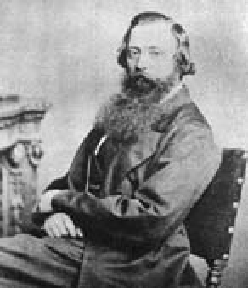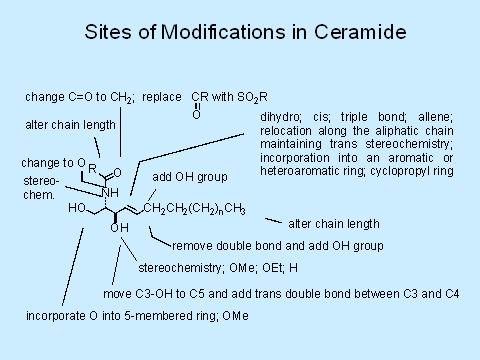Research Interests
Synthesis and uses of synthetic lipids
The Bittman group synthesizes bioactive lipids for studies of their properties in a variety of applications. Emphasis is currently being placed on sphingolipids (incuding analogs of sphingosine, sphingadiene, ceramide, and glycosphingolipids), which play important roles in the regulation of various cell signaling transduction pathways. Another area of interest is the development of new synthetic methodology for these compounds described above. Much of our research involves the preparation of unnatural lipids in an effort to gain an understanding of the mechanisms of action of natural bioactive lipids at the molecular level. We are also interested in the synthesis and uses of lipids (sterols and sphingolipids) linked to the fluorophore BODIPY. A recent project in which we are participating is the synthesis of novel sphingosine-based inhibitors that selectively inhibit the sphingosine kinase isozymes (SphK1 and SphK2) and induce the proteasomal degradation of SphK1.
An overview of some of our past research appears in the following article:
R. Bittman, “The 2003 ASBMB-Avanti Award in Lipids Address: Applications on Novel Synthetic Lipids to Biological Problems,” Chem. Phys. Lipids 129, 111-131 (2004).
The theme of this award address was to illustrate the power of synthetic organic chemistry as applied to the preparation and use of unnatural lipid analogs. Specific questions involving membrane-related problems in cell biology, pharmacology, and biophysics were answered using the novel synthetic lipids.
 |
The term "sphingolipids" was coined by J. L. W. Thudichum (1828-1901), the father of sphingolipid biochemistry, because of their enigmatic properties. |

|
Numerous signaling systems are affected by ceramide. We have manipulated the structure of ceramide at specific sites in order to study how its structure is related to some of its bioactive functions. The accompanying figure illustrates some of the changes we have introduced into the ceramide molecule by chemical synthesis. We recently synthesized a caged analog of ceramide that can be delivered to cells without using the dodecane/ethanol delivery system that has been employed in the past.
|

|
|
We have synthesized various analogs of FTY720 (Gilenya) and KRN7000 (alpha-galactosylceramide) for studies of their biochemical and biological properties.
|
|

|